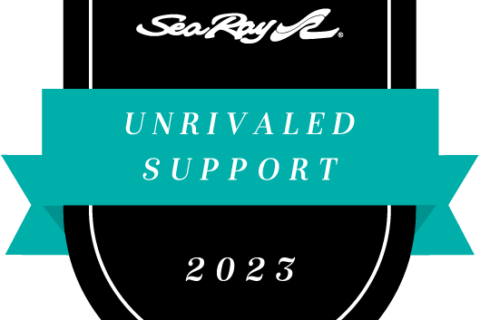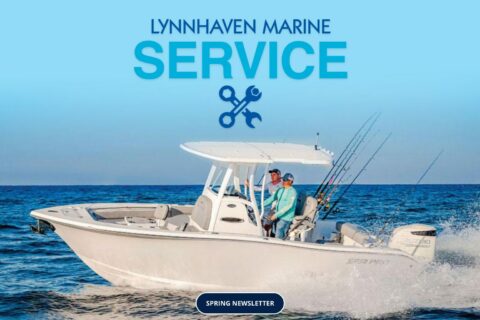Ever been on one of the whale-watching trips out of Rudee Inlet? Seeing whales in the wild truly is a thing to behold, a marvel of Mother Nature that’s hard to fathom unless witnessed in person.

Whales have always tugged at the hearts of humans for a variety of reasons. They’ve also helped feed people for centuries. Whale hunting along with a variety of other reasons are why whales – at least in the coastal waters of this country – are so protected.
How much is too much?
Whole Foods has taken Maine lobster out of its seafood windows to help protect the North Atlantic Right Whale, even though lobstermen and women say they’ve never heard of one getting caught in their traps – basically a wooden box on the sea floor with a line attached to a buoy at the surface.
Crazy.
But the biggest move – one that could threaten the very heart of the recreational fishing industry – comes from NOAA Fisheries.
The federal agency over the summer proposed a change to the size of vessels from 65-plus feet to 35 that can exceed 10 knots out to 100 miles. (To better understand, 10 knots of nautical speed is 11.5 mph) The limits would be established for zones along the Atlantic coast at various times of years based on the migration patterns of the whales.
Along the coast from Oregon Inlet north, the speed limit would run from Nov. 1 to May 30 of the next year. The Atlantic coastal recreational fishing industry annually pumps about $170 into the economy. Trips to fish for swordfish and tilefish basically would have to be run as overnighters because of the time spent to get about 70 miles offshore.
Simply put, boats would spend seven hours each way traveling to the fishing grounds. Is anybody really going to do that? I don’t think so.
It gets worse for the North Carolina fleet, with speed limit dates from Nov. 1 to April 30 the following year. That comes at the height of the bluefin tuna season – when most vessels make the money needed to make it another year. Doubtful, with that hindrance, that Wicked Tuna: North vs. South – filmed out of Manteo, N.C. – would continue.
More importantly, hundreds, if not thousands, of charter captains would be forced to leave the business or switch to only inshore trips.
The industry is fighting back. Dozens of organizations sent a joint and lengthy science-based letter to the assistant administrator of NOAA Fisheries pointing out all that’s wrong with the proposal. For starters, since speed limits were first put in place in 2008, NOOA says that only five of 12 confirmed right whale deaths have been attributed to boats that would be in the new ruling. That’s about one in a million based on the number of annual fishing trips taken during those times of year in those zones.
Even NOAA admits in its science that the chances are astronomical.
And just how would this speed limit be enforced? The whale cops aren’t going to be watching. And few boats under 65 feet deploy the Automatic Identification System that monitors speeds and is required on larger boats.
The biggest huge issue might be that no stakeholder input was considered when coming up with the proposal.
Hey, no fisherman wants to injure or kill a whale. Anglers, for the most part, are the most conservationist-minded people on the planet. Why would they want to destroy the environment where they spend most of their time?
But once again, fisheries managers are attempting to prove to taxpayers and tree huggers that they are earning their keep – even if they are destroying thousands of lives and taking billions out of the bank.



